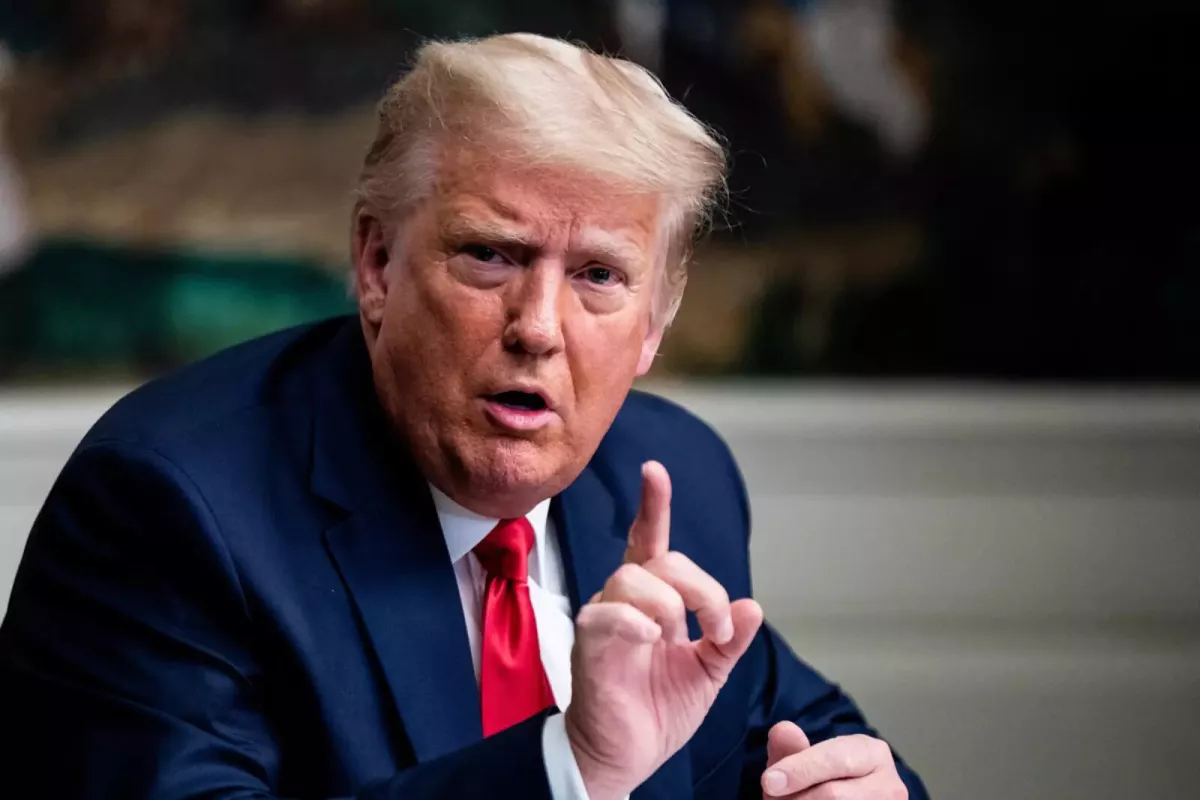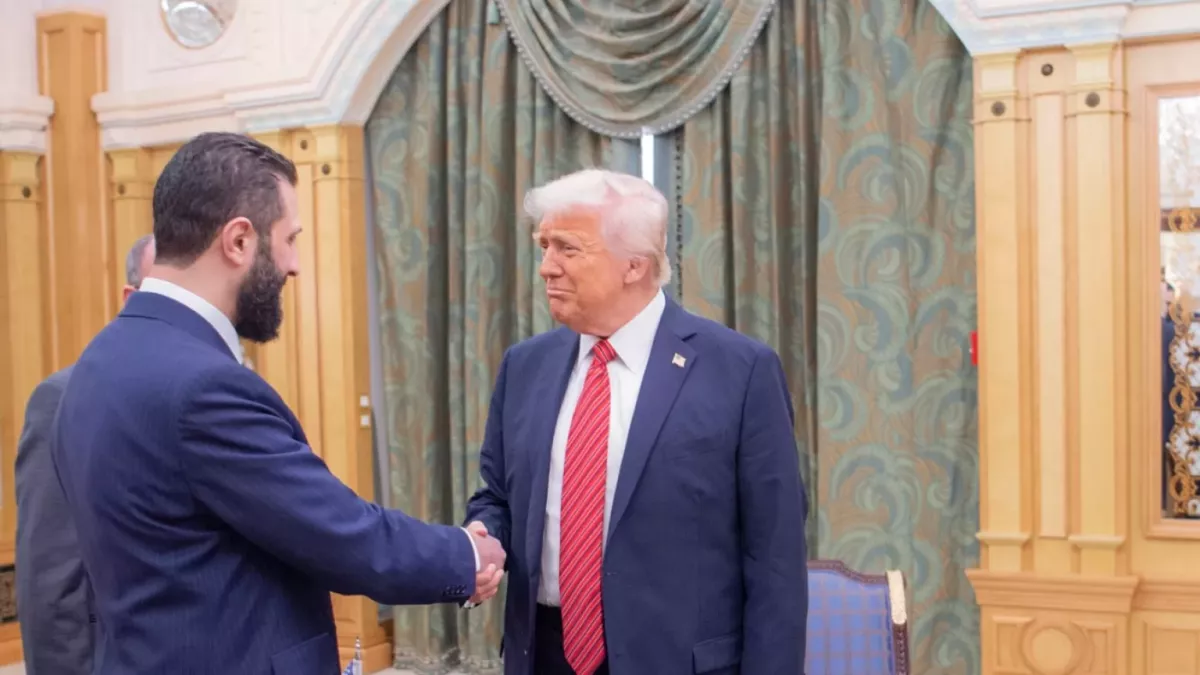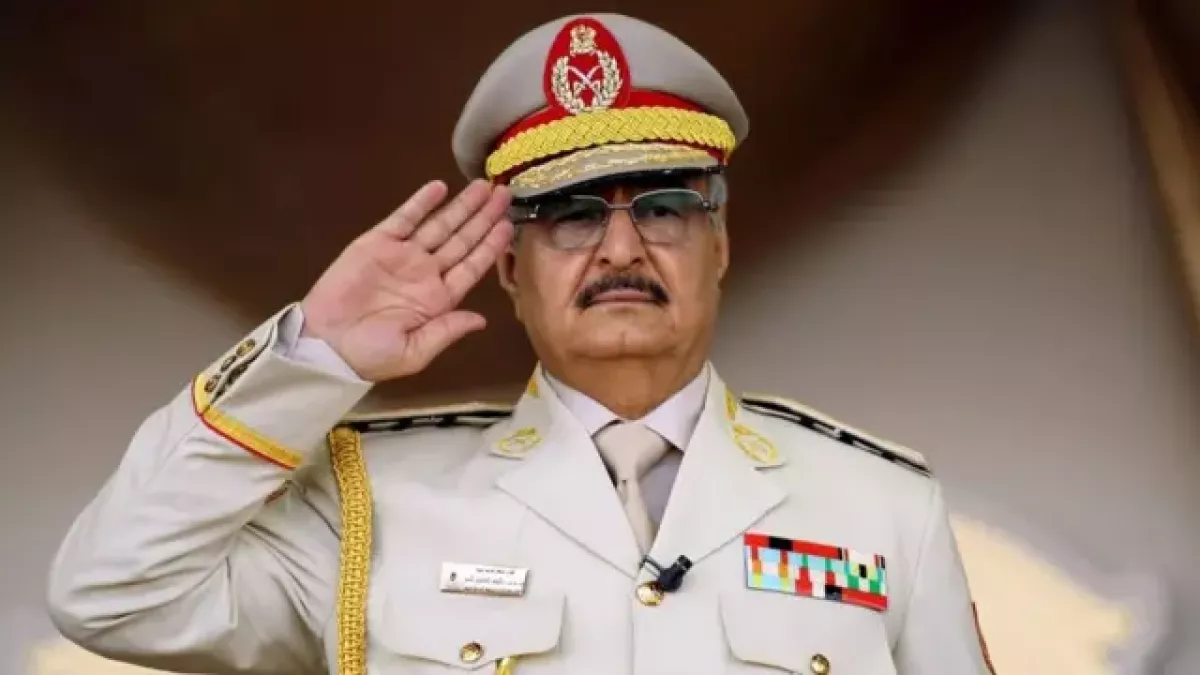Palestinians to Libya, assets into circulation Resettlement as a strategy for peace?
According to NBC News, the administration of U.S. President Donald Trump is considering the possibility of relocating up to one million Palestinians from the Gaza Strip to Libya.
Previously, Trump proposed one of the most ambitious and unconventional approaches to resolving the Israeli-Palestinian conflict. In his view, resettling Gaza residents in third countries—primarily Arab nations—could be a step toward long-term peace. He suggested using the vacated territories for the construction of tourism infrastructure, which, in his vision, would not only reduce the level of confrontation but also create economic potential in the region.

Among the countries considered for potential resettlement were Egypt, Jordan, and later—Syria, Somalia, Somaliland, and Sudan. Libya is now at the centre of these discussions.
The governments of Egypt and Jordan have officially rejected the idea of hosting Palestinian refugees. Nevertheless, unconfirmed reports continue to circulate in the press suggesting that Egypt could potentially accept up to 500,000 people. These claims have not been verified by official sources.
As for Syria, available information indicates that President Trump held a meeting with Syrian leader Ahmed al-Sharaa. During the talks, the possibility of lifting sanctions was reportedly discussed in exchange for a series of steps, including the normalisation of relations with Israel and the acceptance of Palestinian refugees. The American president described al-Sharaa as “a reasonable and pragmatic politician.”

However, in practice, no concrete agreements have been reached. Neither Somalia, nor Somaliland, nor war-torn Sudan have expressed a willingness to participate in the project.
Attention has now turned to Libya. According to senior U.S. officials, Washington is considering unfreezing previously blocked Libyan assets in exchange for Tripoli’s agreement to accept Palestinian refugees. The assets in question amount to billions of dollars, which could be channelled into the country’s reconstruction and the support of resettled refugees.

Yet it remains unclear which Libyan authority the negotiations are being conducted with: the internationally recognised Government of National Unity in Tripoli, led by Abdul Hamid Dbeibeh, or the eastern administration aligned with the Libyan National Army under the command of Khalifa Haftar. Moreover, large parts of the country are effectively controlled by tribes and autonomous factions.

The key question is how realistic the idea of resettling one million people in a country already on the brink of a humanitarian crisis really is. Even with substantial financial injections, doubts remain about whether the funds will actually reach those in need. Given that Libya’s population is around seven million, a sudden population increase could create additional social and economic strain.
There is also the issue of security. According to various estimates, up to 40,000 Hamas militants operate in Gaza. It remains unclear what their fate would be—whether they would be resettled alongside the civilian population and what role they might play in the new country. This could affect the balance of power in an already unstable Libya.
These initiatives fit into the broader foreign policy strategy of the White House administration, which seeks large-scale and unconventional solutions.

In particular, as part of its policy of rapprochement with Middle Eastern partners, agreements have been reached on potential investments from Saudi Arabia, Qatar, and the UAE into the U.S. economy totalling more than $2 trillion — an ambitious project demonstrating a high level of confidence in America’s economic prospects.
One of the notable steps in trade policy was the introduction of tariffs against China aimed at protecting American manufacturing and levelling the playing field. These measures sparked lively debates in the global economy but also clearly signalled Washington’s firm stance in defending national interests.
The idea of resettling Palestinians in third countries, including Libya, fits within this broader strategy as an attempt to find an unconventional solution to one of the most protracted conflicts of our time.








